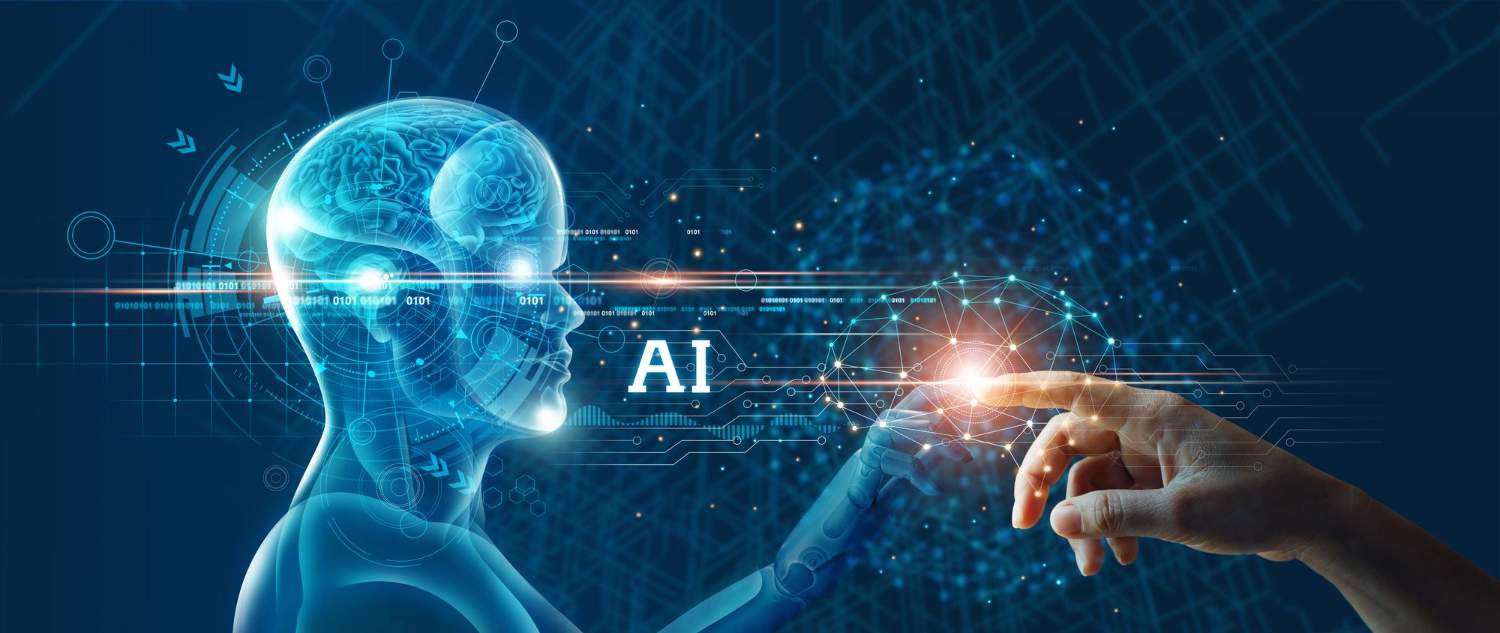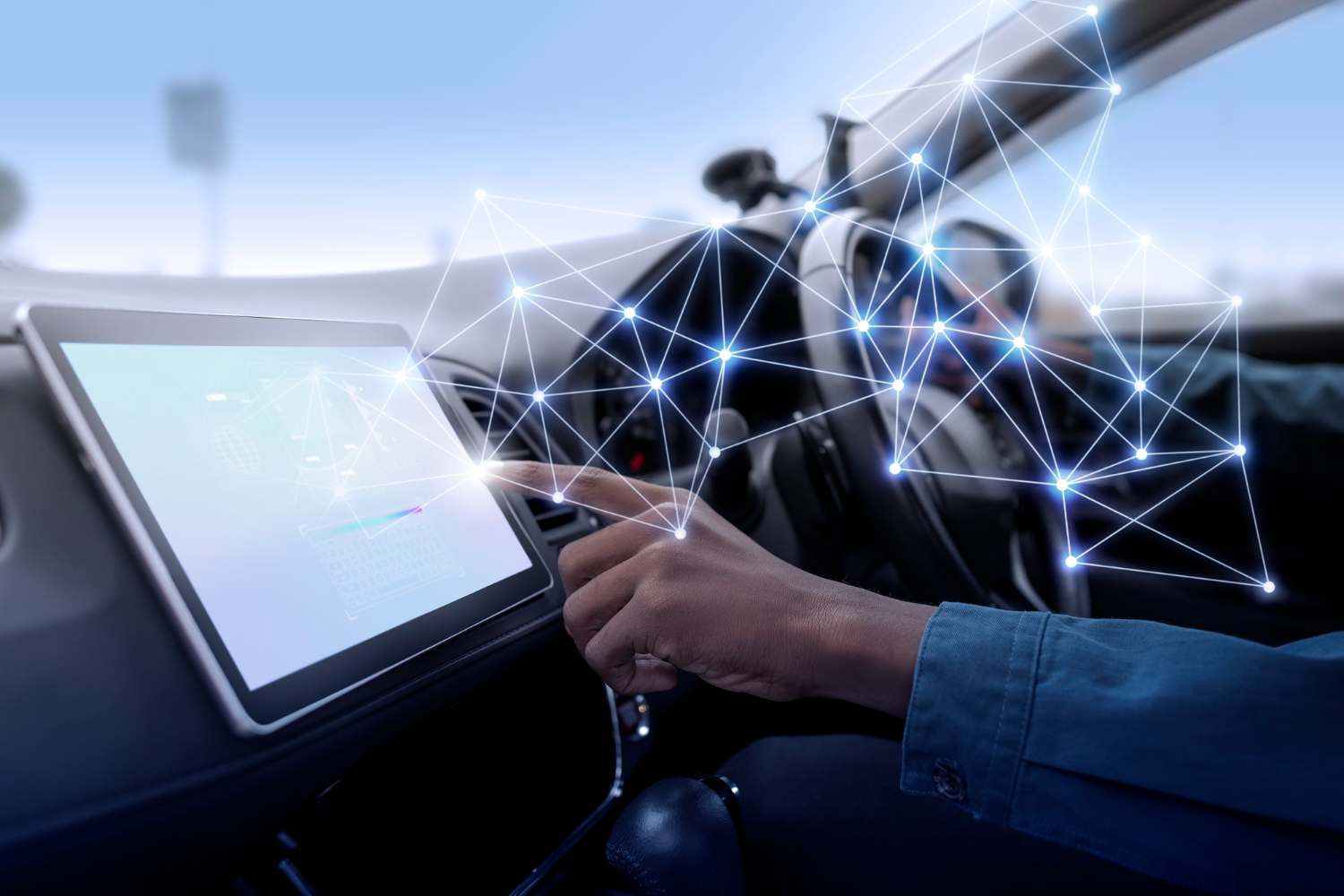Imagine you’re a growing eCommerce business with thousands of product images to manage. Or a healthcare organization aiming to annotate images to improve diagnostics accuracy. If there’s one thing to facilitate these and numerous other industries’ processes, image annotation machine learning would be the first to consider.
Image annotation has immense potential for businesses of all sizes, improving efficiency, reducing expenses, and increasing data accuracy. It goes hand-in-hand with computer vision, whose market will surpass $41 billion by 2030, elevating the customer experience and decision-making to a new level.
In this article, we’ll explore the benefits of image annotation services even further and describe how image labeling works in practice.
What is Image Annotation For Machine Learning?
At its core, the image annotation process is a foundational step in preparing visual data for machine learning. In a world where data-driven algorithms dominate, it becomes imperative for these data scientists and algorithms to “understand” visual content. Image annotation is akin to translating the intricate language of images into a structured format that machine learning models can comprehend. Through this process, objects, features, or specific details in an image are labeled or marked, effectively giving meaning to raw pixels and colors. It acts as a bridge, translating human understanding of visuals into a machine-readable format.
Image annotation isn’t a monolithic task; it manifests in various forms depending on the end goal. Some of the common techniques include bounding boxes, which involve encapsulating an object within a rectangle, apt for object detection. Polygonal segmentation takes a more detailed approach by tracing the exact contours of an object, ideal for irregular shapes. Then there’s semantic segmentation where every pixel gets a label, offering a granular understanding of images. Techniques like landmark annotation and skeleton annotation find utility in tasks like facial recognition and human posture detection, respectively. The choice of suitable image annotation tool or technique is intrinsically tied to the machine learning task at hand, and each serves to train models with different levels of precision.
Image Annotation as the Cornerstone of Supervised Learning
In the realm of machine learning, supervised learning is a predominant paradigm where models are trained on a labeled dataset. Here, image annotations act as the ‘ground truth,’ guiding the algorithm in its learning journey. When a model is exposed to an annotated image, it learns the correlation between the image’s features and its associated labels. Over time, as the model encounters more annotated training data, its predictive accuracy improves, making it adept at interpreting new, unseen images. Additionally, this labeled training data serves a dual purpose by playing a crucial role in model validation and testing, ensuring its robustness and reliability.
The Role of Image Annotation Machine Learning in Computer Vision
Just as we said, image annotation machine learning is tightly intertwined with computer vision algorithms. But what computer vision model, is it, and where do these domains connect? Let’s get this straight.
Image annotation machine learning is a technology that uses algorithms to recognize and annotate images and label objects within an image. It’s a branch of computer vision that enables machines to analyze and comprehend visual input.
The process of image annotation machine learning involves training an ML model on a dataset of manually annotated images. During this training, the model learns to identify and label objects in an image, following the established patterns and features. Once the learning process on annotated image data is complete, the ML model can annotate new pictures and detect objects automatically.
In summary, the context of ML, image annotations act as the ‘ground truth’ or the source of truth. They guide supervised learning algorithms, providing them with human input:
- Accurate Learning: With annotated data, the ML model can correlate the features of an image with its corresponding label, refining its internal parameters to make accurate predictions in the future.
- Validation and Testing: Annotated images not only train but also validate and test an ML model, ensuring it’s learning correctly and improving over time.
- Diverse Exposure: Properly annotated datasets can expose ML models to a wide variety of scenarios, making them more robust and versatile in their predictions.
- Task-specific Training: Depending on the type of annotation, models can be tailored for specific tasks, be it simple object recognition, complex scene understanding, or motion analysis.
Types of Image Annotation Techniques Used in Machine Learning

As part of machine learning, image labeling service includes various techniques for annotating images. Each annotation method has different applications and purposes, so let’s explore them in greater detail:
Image Classification
Machine learning image classification is an annotation technique that involves labeling an object class or entire image with a single category or object class name. It’s perfect for identifying different species of animals or recognizing facial features in different types of objects.
Object Recognition and Detection
Object recognition and object detection involve recognizing and locating specific objects within an image. This technique works best for identifying faces or similar objects and detecting traffic signs.
Landmarking
Landmarking involves identifying specific points or landmarks within an image labeled data. This technique’s most common application includes facial and target object recognition, object-tracking, and object detection deep learning.
Image Segmentation
Image segmentation involves dividing an image into multiple segments or regions, each corresponding to a particular object or feature. This same image segmentation annotation for specific object, machine and type works best in medical imaging or autonomous driving.
Boundary Recognition
Boundary recognition involves identifying the boundaries of multiple objects from within an image. Businesses can use this technique for image editing or object tracking.
Key Point Annotation
This image annotation type involves identifying specific key points on an object, like the edges of the buildings or joints of the human body. This technique is most commonly used for precise object tracking.
Each technique has unique advantages and limitations. Thus, choosing a suitable machine learning annotation method will depend on your project’s goals.
Why Your Business Needs Image Annotation Machine Learning

Opting for an image labeling service can bring businesses numerous benefits. Let’s explore the core advantages in greater detail.
Improved Efficiency
One of the most significant benefits of using image annotation machine learning is improved efficiency. By automating the process of identifying and labeling objects within digital images themselves, businesses can save time and resources compared to manual image annotation process labeling. It all can translate into faster turnaround times, increased productivity, and cost savings.
Boosted Accuracy
Increased accuracy is another advantage of using image classification and annotation AI. Businesses can reduce human error and image annotation work inconsistencies by training their ML model to recognize and label images automatically, which results in more accurate datasets.
Enhanced Productivity
Image tagging machine learning models can also improve productivity by allowing businesses to process larger volumes of data as fast as possible. It also enables companies to make more informed decisions based on a greater volume of data and insights.
Better Customer Experience
By improving the accuracy and speed of image tagging, businesses can deliver a better customer experience. For example, in the eCommerce industry, proper, image annotation tools can enhance search accuracy and product recommendations, leading to increased client satisfaction.
Reduced Expenses
Implementing image annotation machine learning can lead to significant cost savings for businesses. By automating the labeling and image annotation work process, companies can use less manual labor, which results in reduced expenses.
Image Annotation Machine Learning in Action: Use Cases Across Industries
Image annotation machine learning has found numerous use cases across various industries, transforming how we live and work. Let’s look at real-world applications of machine learning for labeling and annotating images used in different domains.
eCommerce
Image annotation AI facilitates the eCommerce industry in several ways.
- By tagging and categorizing product images with suitable metadata, businesses can enhance search accuracy and recommend relevant products to their customers.
- Visual search, which allows consumers to search for products through their pictures, can also be improved by leveraging image annotation machine learning.
- Another application of image tagging includes augmented reality, which, in turn, can enhance the customer experience by allowing shoppers to virtually try on products or see how they would look in their homes.
Healthcare
Image annotation machine learning is used in healthcare for medical imaging analysis, disease detection, and diagnosis.
- Doctors can diagnose diseases faster and more accurately with image annotation ML.
- By using machine learning images, doctors can detect early signs of diseases, such as cancer, improving treatment outcomes.
Autonomous Vehicles
AI image tagging in the autonomous vehicle sector facilitates object detection and tracking, action recognition, route planning quality control, and safety.
- Autonomous vehicles can safely navigate traffic and avoid accidents owing to this technology.
- Image annotation for computer vision also helps plan optimal routes, considering real-time traffic conditions, weather, and roadblocks.
Agriculture
The agriculture sector leverages the image annotation tool ML for the following purposes:
- With image tagging, farmers can monitor crop health, detect plant diseases early, and predict yields accurately.
- Image annotation machine learning can also observe soil conditions, such as moisture levels and nutrient content, leading to more efficient and sustainable farming practices.
Security
Image annotation machine learning also works well for the security sector.
- By automatically tagging and categorizing surveillance footage, security teams can detect threats faster and respond more effectively.
- Facial recognition is also used for access control, allowing businesses to authenticate identities and provide secure entry to sensitive areas.
AI image recognition and annotation tools are transforming way more industries on top of the ones we mentioned. It helps businesses reach their goals faster with cutting-edge tech in place.

Key Considerations for Implementing Image Annotation Machine Learning
If you aim to implement or outsource image annotation, you should plan this process carefully. You also have to go through some fundamental considerations, some of which we outlined below:
Data Quality
High-quality data is crucial for accurate machine learning results. Therefore, businesses must ensure their datasets are clean and properly labeled. Companies can achieve this by hiring a reliable and experienced image annotation services provider.
Annotation Techniques
When working on an ML project, you should determine the image annotation techniques involved in its scope. Following that, you can select image annotation companies that suit your labeling needs.
Annotation Tools
The annotation tools used for image annotation machine learning should be user-friendly, customizable, and allow for collaboration among team members. So ensure your vendor has those.
Expertise
Businesses should have a team of experts who know about machine learning, computer vision, and image annotation to ensure the successful implementation of your image annotation machine learning tasks.
As you can conclude from the points above, you should outsource image labeling only to a reliable and experienced specialist. That will ensure that the vendor delivers your project promptly and with decent quality.
At our company, we offer a top-notch image annotation outsourcing service, fully meeting your business needs. Our team of experts guarantees that our labeling services are accurate, scalable, and cost-effective. We use the latest annotation tools and techniques to provide high-quality data to our clients. You can contact us to learn more about our services directly from our experts.
Wrapping Up
Image annotation machine learning provides plenty of benefits to businesses. Some include improved efficiency, data accuracy, productivity, and customer experience. Opting for such services also means optimizing your business processes by automating repetitive tasks.
If you aim to implement image annotation machine learning, our experienced team of labelers is ready to help you in this journey. All you need to do is reach out to our experts.



